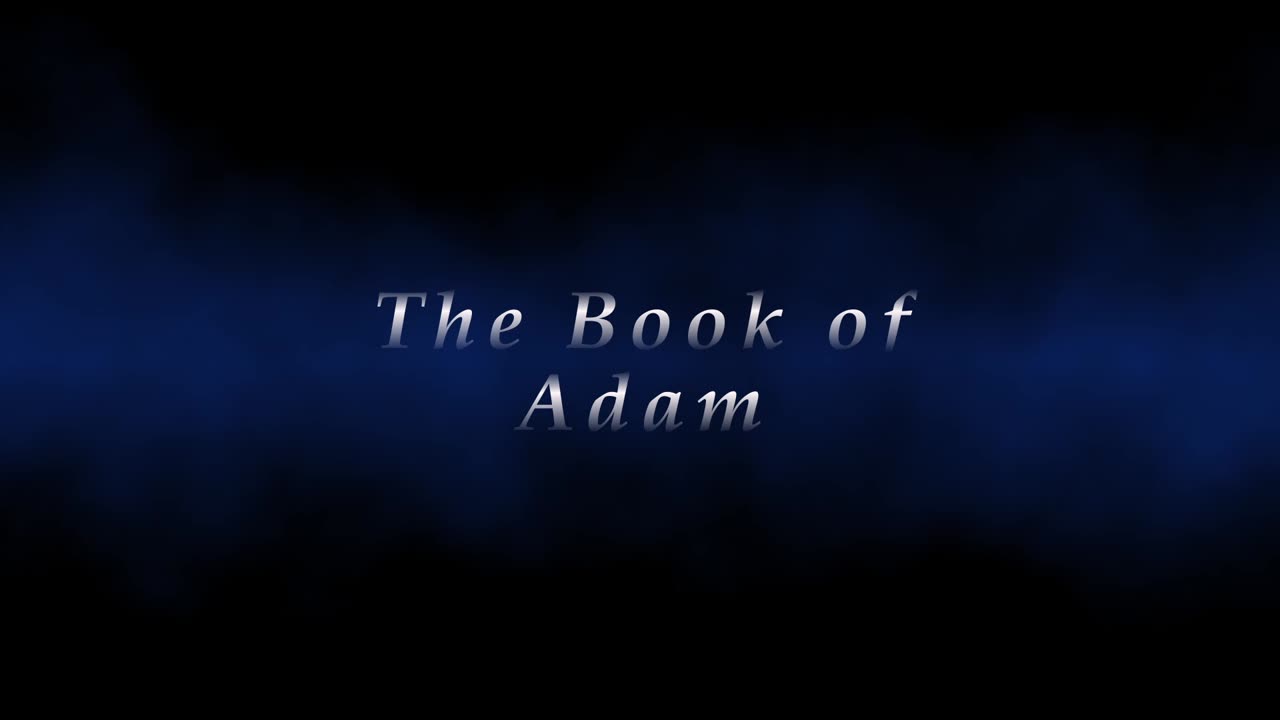Premium Only Content

The Book of Adam
The Life of Adam and Eve, referred to in its Greek rendition as the Apocalypse of Moses (Ancient Greek: Ἀποκάλυψις Μωϋσέως, romanized: Apokalypsis Mōuseōs; Biblical Hebrew: ספר אדם וחוה), is a Jewish apocryphal gathering of works. It relates the existences of Adam and Eve from after their removal from the Garden of Eden to their demises. It gives more insight concerning the Fall of Man, including Eve's rendition of the story. Satan explains that he revolted when God directed him to do homage Adam. After Adam bites the dust, he and every one of his relatives are guaranteed a resurrection.
The ancient forms of the Life of Adam and Eve are: the Greek Apocalypse of Moses, the Latin Life of Adam and Eve, the Slavonic Life of Adam and Eve, the Armenian Penitence of Adam, the Georgian Book of Adam, and one or two fragmentary Coptic versions. These texts are typically named as Primary Adam Literature to recognize them from later related texts, for example, the Cave of Treasures, that incorporate what gives off an impression of being extracts, the Testament of Adam, and the Apocalypse of Adam.
They vary significantly in length and phrasing, however, generally give off an impression of being derived from a solitary source that has not survived. Every adaptation contains some special material along with varieties and oversights.
While the enduring renditions were formed from the mid third to the fifth century A.D., the scholarly units in the work are viewed as more established and prevalently of Jewish origins. There is wide understanding among researchers that the first was created in a Semitic language in the first century A.D.
-
 LIVE
LIVE
Sean Unpaved
1 hour agoRory's Masters Glory!, NBA Play-Ins Preview, Tennessee Moving On From Iamaleava?
554 watching -
 1:04:04
1:04:04
Timcast
1 hour agoDemocrat Governor's Home FIREBOMBED, Liberal's Luigi Mangione Effect Driving INCREASE In Violence
38K63 -
 1:57:44
1:57:44
Steven Crowder
4 hours ago🔴 America vs. China: The Battle for the 21st Century
306K202 -
 LIVE
LIVE
Nerdrotic
5 hours ago $0.27 earnedHarry Potter Casts BLACK Snape | Dr Who Hits New LOW - Nerdrotic Nooner 479
1,213 watching -
 LIVE
LIVE
The Tom Renz Show
1 hour agoMaking Health & Health Freedom a GOP Priority & How Do We Fix Georgia?
535 watching -
 49:44
49:44
Kyle Fortch
4 hours agoWillie Boy: New Song With Eminem, Collaborating w/ The Game, Dave East & More | THE ONE SHEET S1E12
10.6K -
 LIVE
LIVE
Rebel News
59 minutes agoMontreal cops arrest journalist, Poll shows Cons lead, Poilievre's justice reform | Rebel Roundup
771 watching -
 47:28
47:28
The White House
2 hours agoBilateral Meeting with the President of the Republic of El Salvador
38.8K12 -
 1:30:21
1:30:21
The Rubin Report
2 hours agoBill Maher Reveals Details of Trump Meeting & He’s as Shocked as the ‘Real Time’ Crowd
57.7K21 -
 DVR
DVR
Flyover Conservatives
12 hours agoThe Secret Economic Weapon No One Is Talking About: The Mar-a-Lago Accord - Dr. Kirk Elliott | FOC Show
24.5K